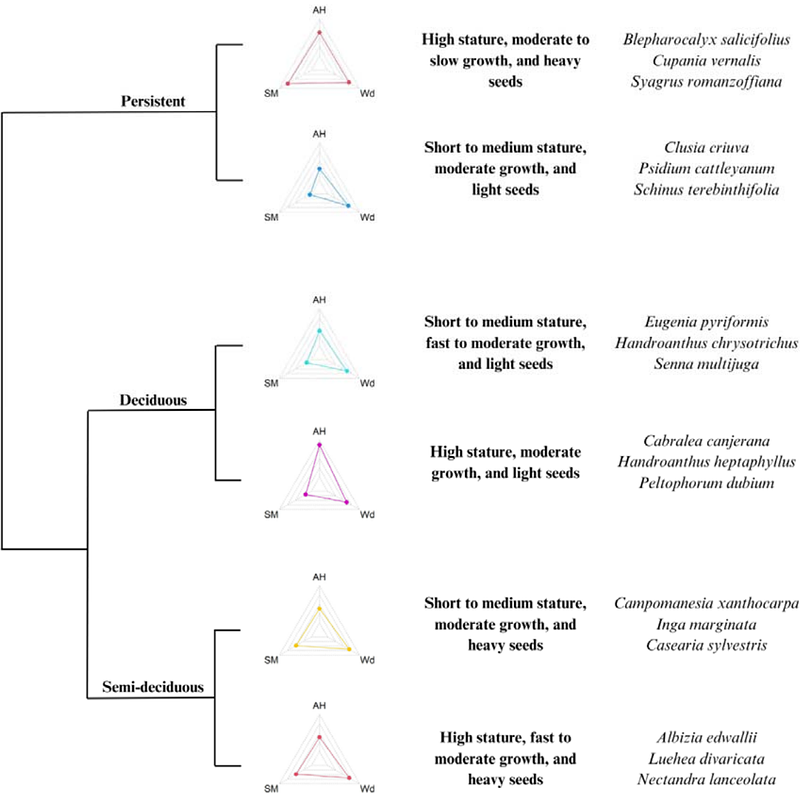Native species of the Atlantic Forest for urban environments based on functional groups: an approach to make cities in southern Brazil more resilient

Native species of the Atlantic Forest for urban environments based on functional groups: an approach to make cities in southern Brazil more resilient
Kanieski, M. R.; Fockink, G. D.; Zangalli, C.; Gomes, J. P.; Milani, J. E. d. F.; Mondin, C.; Paquette, A.
AbstractPlanting the proper trees can mitigate and adapt cities to the adverse impacts of climate change, in particular through increasing diversity. Despite being located in one of the most biodiverse countries in the world, low diversity and overabundance of exotic species in Brazilian urban forests are common. Our objective with this study is to group species based on their functional traits to provide a tool to help planners create more resistant urban forests in cities in the domain of the Dense Ombrophilous Forest (DOF), Atlantic Forest, in southern Brazil, as well as incentivize the use of DOF species based on their functional traits. We classified 77 native trees of the DOF in Santa Catarina state, southern Brazil, with potential use in urban environments into functional groups according to the following traits: seed mass, wood density, average height, and leaf persistence, using a hierarchical cluster analysis. The different groups formed represent species with different ecological strategies. Combining species from different groups will help create more resistant urban forests in cities of the DOF domain. We hope the method will also help to increase the use of native species from DOF. Furthermore, the method can be adapted to urban forests of different domains in Brazil and other countries.